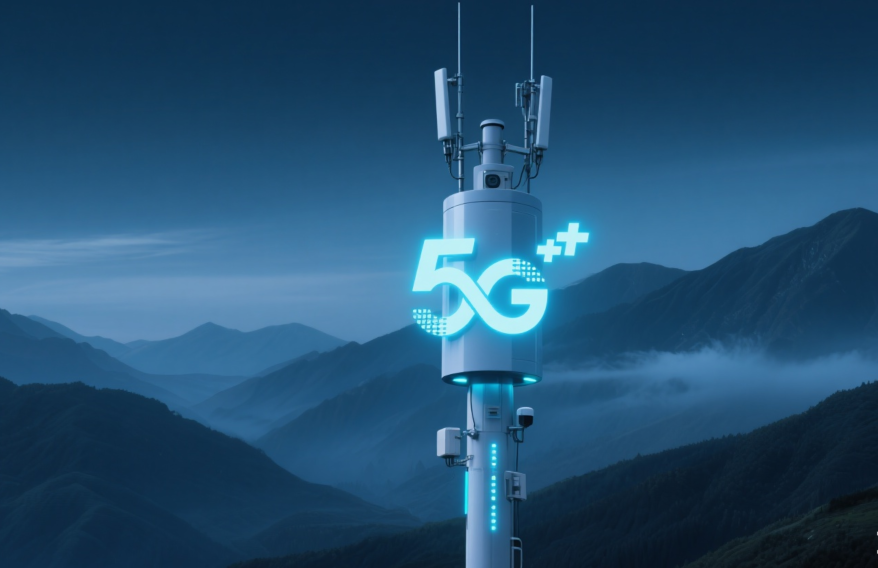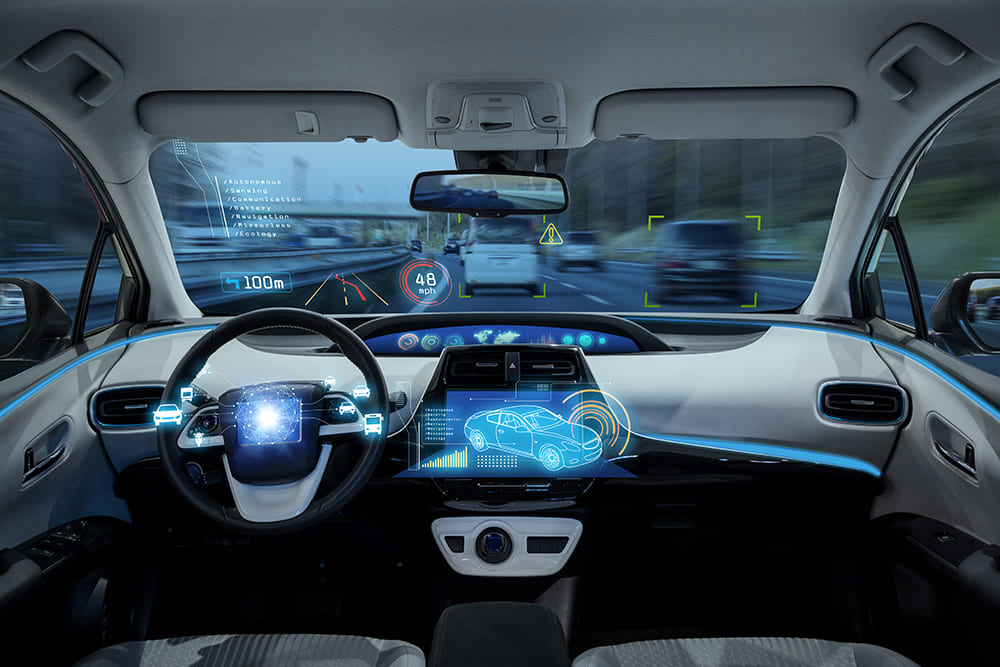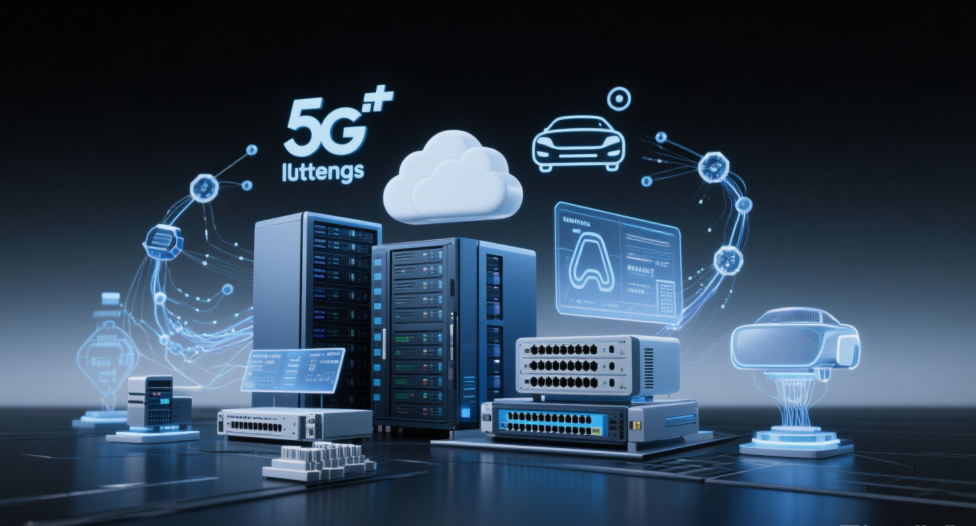
As the world gets smarter and more connected, 5G and geospatial will together be powering cities of the future.
随着世界变得更加智能和互联,5G网络和地理空间智慧化将共同为未来的城市提供动力。
Half of the world’s population lives in cities, a proportion that is expected to increase to 68% by 2050. As our urban ecosystems grow ever larger, technology has the potential to dramatically improve the lives of those living in them. With the onset of digitalization and the Fourth Industrial Revolution radically changing how we live work and interact, the biggest impact will be felt on our cities.
世界人口的一半居住在城市,预计到2050年这一比例将增加到68%。随着我们的城市生态系统变得越来越大,技术有可能极大地改善生活在其中的人们的生活。随着数字化和第四次工业革命的到来,从根本上改变了我们的生活工作和互动方式,对我们的城市将产生最大的影响。
As challenges like population pressure, deforestation, traffic congestion, deteriorating infrastructure, crime and resource crunch impact cities the world over, smart city innovations couldn’t have come at a better time. Smart cities may save the world as much as $22 trillion by 2050, according to the Global Commission on Economy & Climate.
随着人口压力、森林砍伐、交通拥堵、基础设施恶化、犯罪和资源紧缩等挑战影响着世界各地的城市,智慧城市创新来得正是时候。根据全球经济与气候委员会的数据,到2050年,智慧城市可以为世界节省多达22万亿美元。

Accurate geospatial information helps governments design better cities, improve public services and engage with citizens. Urbanization of the future will be driven by geospatial data and location would be a crucial component in digitalization of cities. And as cities get smarter, much of this location data has to be in real time. This is where geospatial and 5G converge. 5G and geospatial will together be powering cities of the future.
准确的地理空间信息有助于政府设计更好的城市,改善公共服务并与公民互动。未来的城市化将由地理空间数据驱动,位置将成为城市数字化的重要组成部分。随着城市变得越来越智能,大部分位置数据必须是实时的。这就是地理空间和5G的融合。5G和地理空间将共同为未来的城市提供动力。
5G will act as the connective tissue of tomorrow’s digital economy, linking everything from smartphones to wireless sensors to industrial robots and self-driving cars. Together they are the critical link for a smart, interconnected world, bringing the next level of connectivity to industries and society that helps in shaping digital cities.
5G将成为未来数字经济的结缔组织,连接从智能手机到无线传感器再到工业机器人和自动驾驶汽车的一切。它们共同构成了智能互联世界的关键环节,为行业和社会带来了更高水平的连接,有助于塑造数字城市。

Besides powering data at unbelievably fast rates, the coverage density of 5G is a hundred times greater than current standards. 5G can connect up to 1 million devices per sq km; its low latency and incredible speed and bandwidth will bring in the ubiquitous connectivity required by the smart city ecosystem.
除了以令人难以置信的速度为数据供电外,5G的覆盖密度是当前标准的一百倍。5G每平方公里最多可连接100万台设备;其低延迟和令人难以置信的速度和带宽将带来智慧城市生态系统所需的无处不在的连接。
5G is the short form for ‘fifth generation mobile network’ and is quite unlike any of the previous generations in a way that it is unlikely to be defined by any single technology. Often referred to as “the network of networks” because of the way it will bind together multiple existing and future standards, including the current LTE 4G networks, 5G will be way more fast and reliable with greater carrying capacity.
5G是“第五代移动网络”的简称,与前几代产品完全不同,不太可能由任何单一技术定义。通常被称为“网络的网络”,因为它将多个现有和未来的标准结合在一起,包括当前的LTE 4G网络,5G将更加快速,可靠,承载能力更大。
5G will accelerate the move towards digital as a transformative ecosystem that combines Big Data and Cloud, virtualization and augmentation, automation and intelligent machines, distributed computing and artificial intelligence, to derive insights from data that is generated by billions of connected devices.
5G将加速向数字化转型的转变,该生态系统结合了大数据和云,虚拟化和增强,自动化和智能机器,分布式计算和人工智能,从数十亿连接设备生成的数据中获得见解。

Of course, 5G doesn’t exist alone and will be majorly driven by the ongoing sensor revolution and the move towards a connected world. For 5G we need a multi-sensor approach. It is important to add the human element on the physical element for innovation.
当然,5G并非单独存在,它将主要由正在进行的传感器革命和向互联世界的转变所推动。对于5G,我们需要一种多传感器方法。在物理元素上添加人为元素以促进创新非常重要。
As sensors get smaller, they are getting more and more ubiquitous. From smartphones to cameras, wearable devices to platforms like social media, crowd sensing technologies are increasing at an incredible pace. The total installed base of Internet of Things (IoT) connected devices is projected to amount to 75.44 billion worldwide by 2025, a fivefold increase in 10 years.
随着传感器变得越来越小,它们变得越来越普遍。从智能手机到相机,从可穿戴设备到社交媒体等平台,人群感知技术正以惊人的速度增长。据估计,到 2025 年,全球物联网 (IoT) 连接设备的总安装基数预计将达到 754.4 亿,在 10 年内增长五倍。
Multiple sensors are adding to more dynamic data coming from all quarters, drowning the whole world in a pool of data. You need more dynamic technologies to handle this data.
多个传感器正在增加来自各个方面的更多动态数据,将整个世界淹没在数据池中。您需要更多动态技术来处理这些数据。
5G will make networks several times faster, increase network capacity, open possibilities to cover not only dense built-up territories in cities but suburbs and villages, and will really unlock the potential of IoT and smart cities development, connecting all people and all things.
5G将使网络速度提高数倍,增加网络容量,开辟可能性,不仅覆盖城市密集的建成区,而且覆盖郊区和村庄,并将真正释放物联网和智能城市发展的潜力,连接所有人和所有事物。

The expansion of 5G technology is one of the keys to smart city development. 5G will help make smart sustainable cities a reality.
5G技术的扩展是智慧城市发展的关键之一,5G将有助于实现可持续智慧城市。
An Accenture study had earlier estimated that modernizing rules around 5G small cells could unlock additional billions of money in economy. The connectivity and computing capacity unleashed by these high-speed wireless networks will bring the power of smart city solutions even to municipalities, transforming local economies. Smart city solutions applied to management of vehicle traffic and electrical grids could produce billions of money in benefits and savings through reductions in energy usage, traffic congestion and fuel costs. These 5G attributes will enable cities to reduce commute time, improve public safety and generate significant smart grid efficiencies.
围绕5G小型蜂窝的现代化规则可以为经济带来额外的巨大收益。这些高速无线网络释放的连接性和计算能力将把智慧城市解决方案的力量甚至带到市政当局,改变当地经济。应用于车辆交通和电网管理的智慧城市解决方案可以通过减少能源使用、交通拥堵和燃料成本来产生巨大收益和节约。5G将使城市能够减少通勤时间,提高公共安全并产生显着的智能电网效率。
In the nearest future, a huge amount of various devices will be available 5G online, providing multimedia services, alternate/augmented realities and IoT solutions. Such innovations are already featured in many aspects of human activities; further they will become part of our ordinary life: transport, energetics, healthcare, manufacturing, business, public safety etc.
在不久的将来,将有大量的各种设备可以5G在线使用,提供多媒体服务,替代/增强现实和物联网解决方案。这种创新已经体现在人类活动的许多方面;此外,它们将成为我们日常生活的一部分:运输、能源、医疗保健、制造、商业、公共安全等。
As artificial intelligence and machine learning capabilities become common, data analytics will have perhaps the most significant impact on 5G/smart city development. One perfect example is how the Fire Department does predictive analytics to mine Big Data flowing in thousands of nodal points across many different data streams. The department then assigns fire risk scores to over more than 1 million buildings across the city. The aim is to prevent frequent fire mishaps in the city.
随着人工智能和机器学习能力的普及,数据分析可能对5G/智慧城市的发展产生最重大的影响。比如消防部门可以通过5G网络与火警感应器的协作模块技术,为城市数万座建筑物分配火灾风险评分,其目的是防止城市中频繁发生火灾事故。

Geospatial insight is key to planning for 5G network for unprecedented speed. It will expedite the process of site selection, design and asset management, providing immersive, overlay and point cloud view for decision making.
5G网络以前所未有的速度在发展,因此针对地理空间规划的前瞻性尤其关键。这将加快选址、设计和资产管理的过程,为决策提供身临其境的叠加和点云视图。
5G’s higher frequencies — which is needed to carry huge amounts of data — have a very short range which can be impacted by smallest of the obstructions. The signal is so sensitive that it can be blocked by the palm of your hand, or even a raindrop. 5G will also require denser telecom network — more towers placed selectively and strategically. Therefore, accurate, authoritative geospatial data is fundamental here to plan network towers.
5G的较高频率 – 需要携带大量数据 – 具有非常短的范围,可能会受到最小的障碍物的影响。信号非常敏感,可以被手掌甚至雨滴阻挡。5G还需要更密集的电信网络——有选择性的及战略性的布置更多的信号塔。因此,准确且关键性的地理空间数据是规划网络信号塔的基础。
Further, because of the sensitivity of radio waves, it is necessary to have detailed maps — buildings with roof features, pipes, air conditioners, spires, sloping roofs, and even vegetation which also can affect signal propagation.
此外,由于无线电波的敏感性,有必要拥有详细的地图——具有屋顶特征的建筑物、管道、空调、尖顶、倾斜的屋顶,甚至也会影响信号传播的植被。
5G wireless promises higher capacity, more reliability, lower latency and improved coverage, thus bringing greater accuracy in positioning services, since telecom-based positioning technologies require telecom towers to be synchronized to nanoseconds relative to each other.
5G无线网络承诺更高的容量,更高的可靠性,更低的延迟和更好的覆盖范围,从而带来更高的定位服务准确性,因为基于电信的定位技术要求电信塔相对于彼此同步到纳秒。

5G will also usher in new technology trends that will significantly impact the overall mobile network architecture, thus influencing the traditional positioning concepts as well. With location becoming fundamental to governance and all business process, the value of location-based services for industries such as advertising and marketing, transportation, retail, will only increase, since the 5G rollout and its subsequent expansion will enable more mobile interaction opportunities.
5G还将迎来新的技术趋势,这将对整个移动网络架构产生重大影响,从而影响传统的定位概念。随着位置成为治理和所有业务流程的基础,基于位置的服务对于广告和营销、运输、零售等行业的价值只会增加,因为5G的推出及其随后的扩展将带来更多的移动交互机遇。




